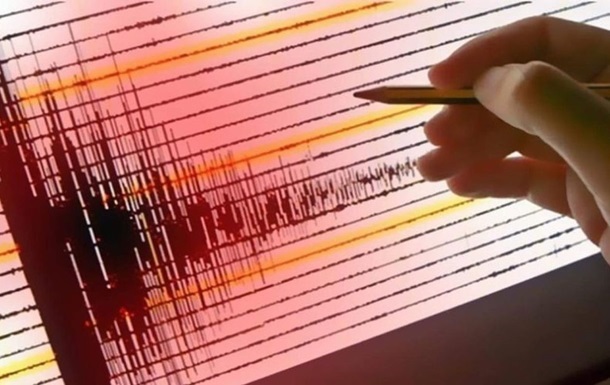### A Shaking Experience: Understanding Earthquakes in the Poltava Region
The earth has a way of reminding us of its power – something the residents of Poltava have recently experienced. Just imagine, the early morning tranquility shattered by a magnitude 3.6 earthquake! Let’s dive deeper into what exactly happened, why it matters, and how we can prepare for such events.
### The Details of the Recent Earthquake
On the night of a seemingly ordinary day, an earthquake hit the Reshetylivka district in the Poltava region, registering at a magnitude of 3.6. The epicenter of this geological event was located just west of Poltava, at a depth of approximately 10 kilometers. The tremors began precisely at 2:22 a.m. Kyiv time, when many were still peacefully asleep.
Interestingly, because of the quake’s moderate strength, it was mostly the residents on upper floors of buildings who felt the shaking. For many others, it was just a slight whisper of movement beneath their feet that went unnoticed. This highlights an important aspect of seismic activity: the experience can vary significantly based on your location and the structure you occupy.
### The Science Behind Earthquakes: Why Should We Care?
Earthquakes are often classified based on their magnitude. According to the United States Geological Survey (USGS), a magnitude between 2.5 and 3.0 is generally considered minor, causing little or no damage. However, even minor quakes can be felt by people in specific situations. For example, a study conducted by the USGS indicates that around 60% of individuals in well-constructed buildings may not notice an earthquake unless it’s at least a 4.0 magnitude.
This recent event in Poltava serves as a reminder that we live in a dynamic world. According to research, regions near tectonic plate boundaries experience higher frequencies of earthquakes. Even if Poltava is not known as a high-risk area, it’s essential to recognize that no one is entirely safe from the whims of nature.
### How to Prepare for Earthquakes: Practical Tips
While the tremors we experienced were minor, they prompt critical conversations about preparedness. Here are some practical steps you can take to ensure you and your loved ones are ready in case of a more significant earthquake:
— **Create an Emergency Kit**: Include essentials like water, non-perishable food, a flashlight, and a first-aid kit.
— **Develop a Family Plan**: Ensure everyone knows how to respond in the event of an earthquake. Designate a meeting point and discuss communication methods.
— **Secure Heavy Items**: Fasten shelves and heavy furniture to the walls to prevent them from toppling during an earthquake.
— **Stay Informed**: Regularly check resources like the Main Center for Special Monitoring for updates on seismic activity in your area.
### Final Thoughts: A Call to Action
Experiencing tremors, even minor ones, can be unsettling. They underline the importance of being prepared for unexpected events. Whether you felt the earthquake or not, it’s a crucial opportunity to reflect on your readiness for natural disasters.
Let’s remember, being prepared is not just about survival; it’s about peace of mind. As we face the unpredictability of our planet, taking proactive steps can make all the difference. Stay safe, stay informed, and remember: sometimes the earth may shake, but knowledge and preparation can keep you steady.






